Can You See Bacteria Without A Microscope ?
No, bacteria are too small to be seen with the naked eye. They typically range in size from 0.5 to 5 micrometers, which is much smaller than what the human eye can perceive. Therefore, a microscope is required to observe bacteria.
1、 Naked eye observation limitations
Naked eye observation limitations. Bacteria are microscopic organisms that are too small to be seen with the naked eye. They are typically between 0.5 and 5 micrometers in size, which is much smaller than the smallest visible object that can be seen without a microscope. Therefore, it is not possible to see bacteria without the aid of a microscope.
However, there have been some recent developments in technology that have allowed scientists to visualize bacteria without the use of a traditional microscope. For example, some researchers have used a technique called super-resolution microscopy, which uses fluorescent dyes to enhance the resolution of the image. This technique has allowed scientists to see individual molecules and even the internal structures of bacteria.
Despite these advancements, it is still not possible to see bacteria with the naked eye. This is because the resolution of the human eye is limited to about 0.1 millimeters, which is much larger than the size of bacteria. Therefore, even with the use of advanced technology, it is still necessary to use a microscope to observe bacteria.
In conclusion, bacteria are too small to be seen with the naked eye, and it is necessary to use a microscope to observe them. While there have been some recent advancements in technology that have allowed scientists to visualize bacteria without a traditional microscope, these techniques are still limited and cannot replace the use of a microscope.

2、 Bacterial size and structure
Bacteria are microscopic organisms that are too small to be seen with the naked eye. Therefore, it is not possible to see bacteria without the aid of a microscope. The size of bacteria varies depending on the species, but they are generally between 0.5 and 5 micrometers in length. This is much smaller than the smallest visible object, which is around 100 micrometers.
Bacteria have a unique structure that allows them to survive in a wide range of environments. They are single-celled organisms that lack a nucleus and other membrane-bound organelles. Instead, their genetic material is contained within a single circular chromosome that is located in the cytoplasm. Bacteria also have a cell wall that provides support and protection.
In recent years, there has been a growing interest in the study of bacteria due to their importance in human health and the environment. Advances in technology have allowed scientists to study bacteria in greater detail, including their genetic makeup and interactions with other organisms. This has led to new insights into the role of bacteria in disease, as well as their potential use in biotechnology and environmental remediation.
In conclusion, bacteria are too small to be seen without the aid of a microscope. Their unique structure and small size make them difficult to study, but advances in technology have allowed scientists to gain a better understanding of these important organisms.

3、 Microbial colonies and biofilms
Microbial colonies and biofilms are visible to the naked eye, but individual bacteria cannot be seen without a microscope. Microbial colonies are groups of bacteria that grow together on a solid surface, such as a petri dish. These colonies can range in size and color, depending on the type of bacteria present. Biofilms, on the other hand, are communities of bacteria that grow on surfaces in a slimy matrix. Biofilms can be found in a variety of environments, including on teeth, in pipes, and on medical devices.
While individual bacteria cannot be seen without a microscope, advances in imaging technology have allowed scientists to visualize bacterial cells in new ways. For example, super-resolution microscopy techniques have enabled researchers to see bacterial structures at a resolution that was previously impossible. Additionally, fluorescent labeling techniques can be used to track the movement of individual bacteria in real-time.
It is important to note that while microbial colonies and biofilms are visible to the naked eye, they can still pose a threat to human health. Biofilms, in particular, are notoriously difficult to eradicate and can lead to infections that are resistant to antibiotics. Therefore, it is important to continue to study and understand these communities of bacteria in order to develop new strategies for preventing and treating bacterial infections.

4、 Environmental factors affecting bacterial visibility
Can you see bacteria without a microscope? The answer is no. Bacteria are microscopic organisms that are too small to be seen with the naked eye. They are typically between 0.5 and 5 micrometers in size, which is much smaller than the smallest visible object that the human eye can detect.
Environmental factors affecting bacterial visibility include lighting, background color, and contrast. For example, bacteria may be easier to see against a dark background than a light one. Additionally, the use of stains or dyes can enhance bacterial visibility under a microscope.
However, it is important to note that advances in technology have allowed for the visualization of bacteria in new ways. For example, electron microscopy can provide high-resolution images of bacteria that were previously impossible to see. Additionally, fluorescent labeling techniques can be used to visualize specific bacterial structures or proteins.
Despite these advances, the use of a microscope remains the most common and reliable method for visualizing bacteria. Microscopy allows for the identification and characterization of bacterial species, which is essential for understanding their role in various environments and their potential impact on human health.



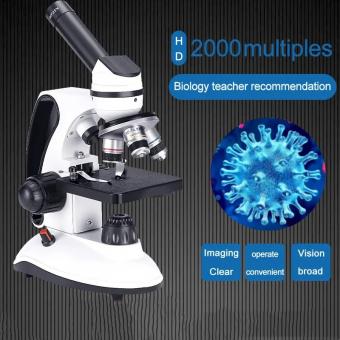










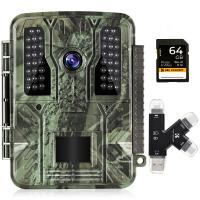
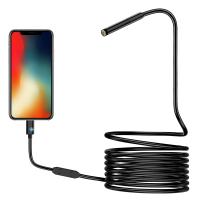





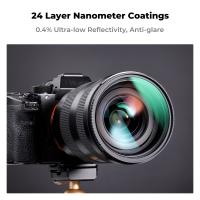



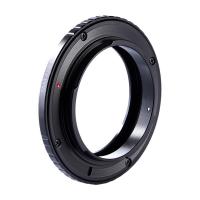

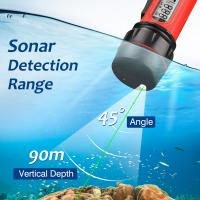

There are no comments for this blog.